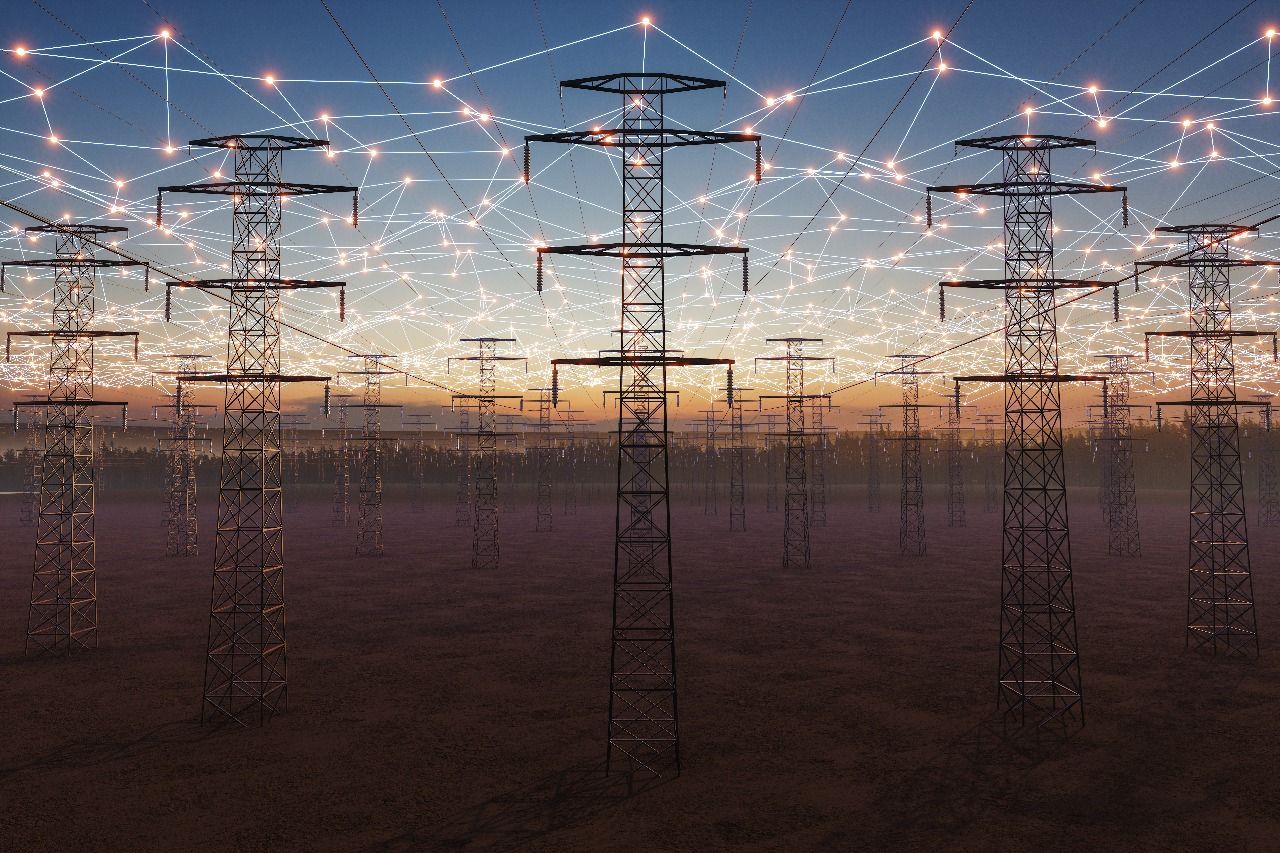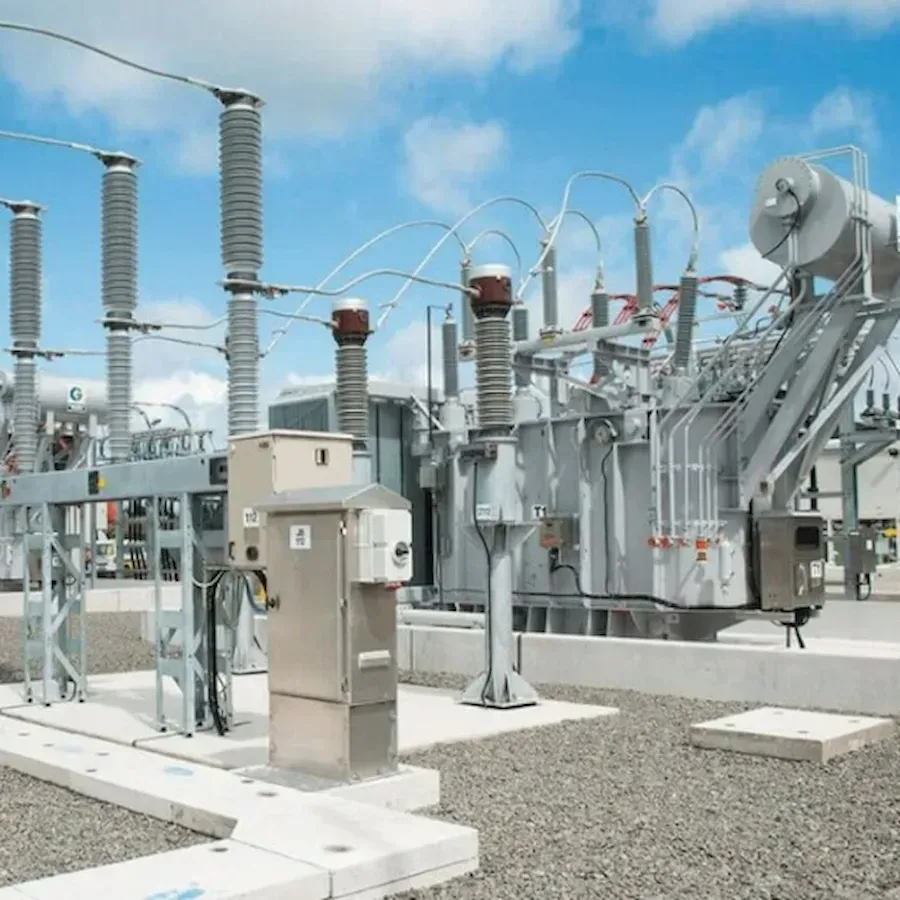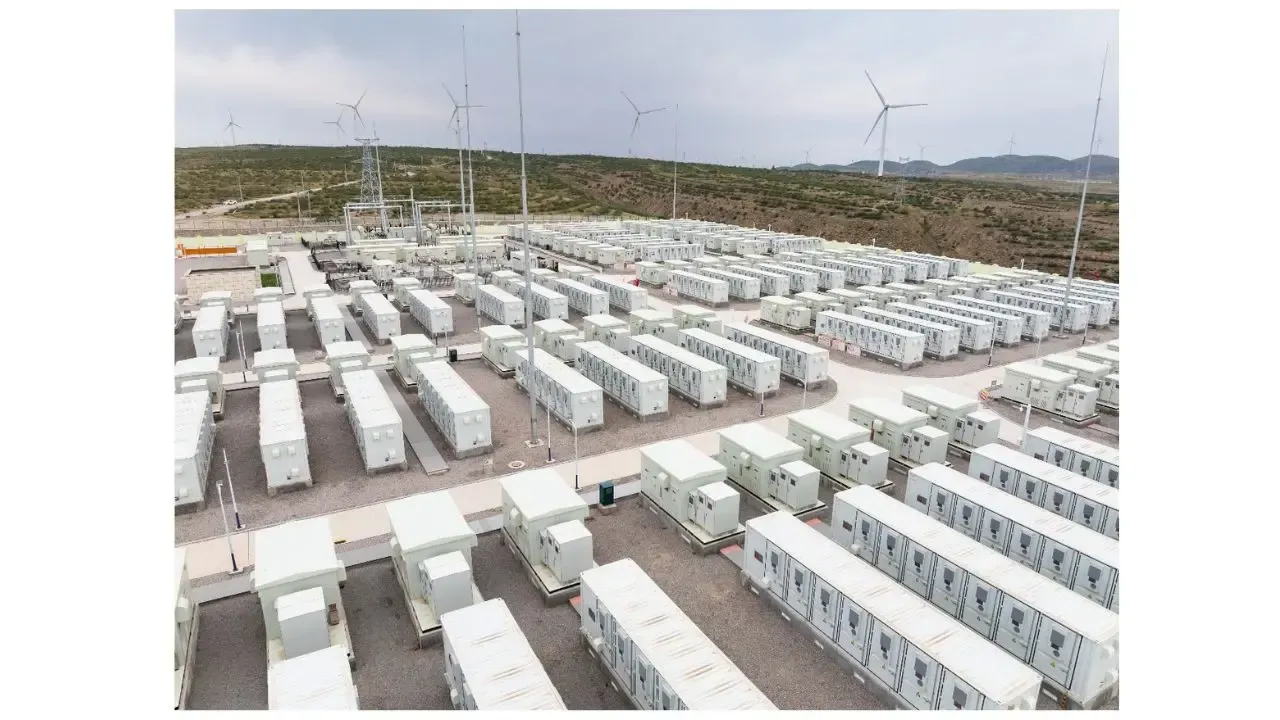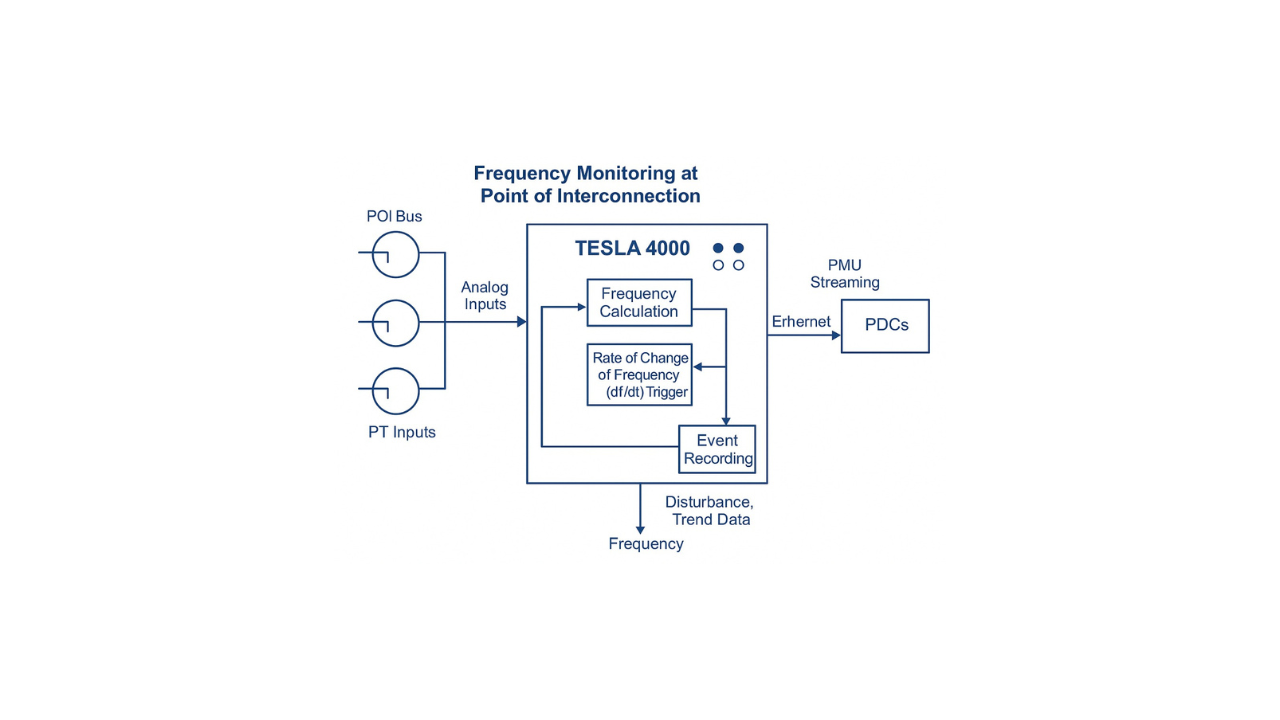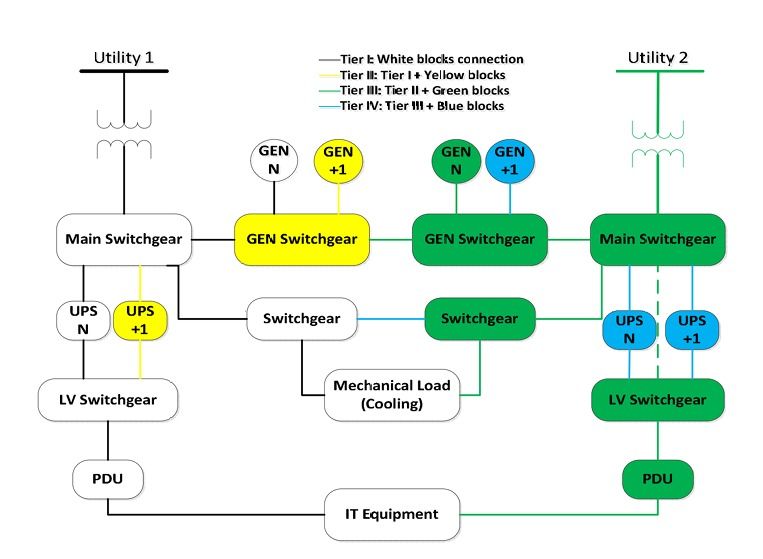A Coordinated Electric System Interconnection Review—the utility’s deep-dive on technical and cost impacts of your project.
Substation Earthing Design – Protecting Infrastructure and Lives
May 6, 2025 | Blog
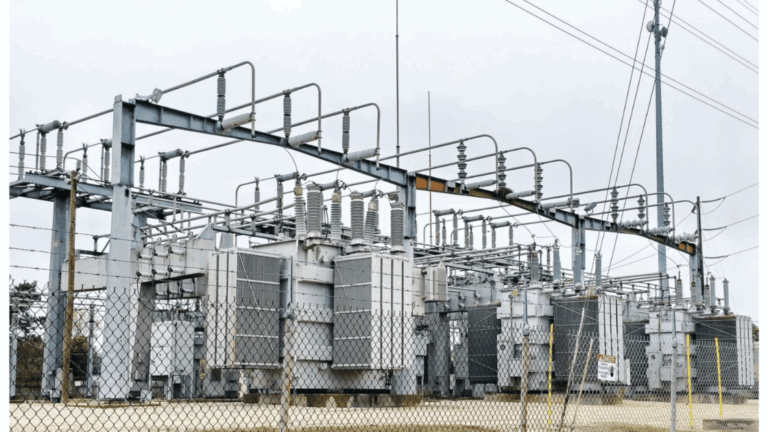
Keentel Engineering’s Approach to Safe and Compliant Earthing Systems
Substation earthing is a critical element in high-voltage (HV) and medium-voltage (MV) infrastructure. Proper grounding not only ensures operational continuity but also safeguards personnel from dangerous touch, step, and transferred voltages. At Keentel Engineering, we apply industry-leading practices—backed by EN 50522, SFS 6001, and IEEE Std 80-2013—to deliver robust earthing solutions that enhance grid reliability and critical infrastructure protection.
What Is Substation Earthing and Why It Matters
A well-designed earthing system:
- Dissipates fault currents into the soil
- Stabilizes system voltage during abnormal events
- Limits touch & step voltages to safe thresholds
- Controls transferred potentials through buried metallic paths
- Mitigates VFTOs (Very Fast Transient Overvoltages) in GIS
Without compliance, step voltages can exceed 80 V and touch voltages can rise above 50 V—levels that pose lethal shock hazards.
Critical Design Considerations
Fault Current Duration & Path
Longer faults demand stricter voltage limits to reduce human risk exposure.
Soil Characteristics
Resistivity varies with moisture, temperature, and layering; solutions include vertical rods, ground beds, or soil enhancement.
Transferred Potentials
Underground pipes or cable shields can conduct fault currents into nearby structures, affecting public safety.
GIS Station Risks
High-frequency VFTOs during SF₆ disconnector operations can stress insulation and electronics.
Mitigation Methods
Equipotential bonding grids, insulated barriers, shielding electrodes, and surface treatments (e.g., gravel) reduce hazard voltages.
How Keentel Ensures Compliance & Safety
We use advanced tools and site-specific strategies:
- Detailed Soil Resistivity Surveys (Wenner, Schlumberger, Dipole–Dipole)
- CDEGS-Based Modeling for step/touch voltage and ground potential rise
- Touch & Step Voltage Mapping against EN 50522 and IEEE 80 criteria
- VFTO Analysis for compact GIS installations per IEC 62271-100
- Hazard Voltage Analysis Reports for audit readiness and safety compliance
These measures integrate electrical safety compliance with critical infrastructure protection.
FAQs | Substation Earthing & Dangerous Voltages
What are touch and step voltages?
Touch voltage is the potential between a grounded object and a person’s feet; step voltage is between a person’s feet one metre apart.
Which standards govern earthing design?
EN 50522, SFS 6001, and IEEE Std 80-2013; for VFTOs, refer to IEC 62271-100.
Why is fault duration important?
Longer fault clearing times lower permissible touch voltages due to increased exposure.
How does soil resistivity affect grounding?
High-resistivity soils require deeper electrodes, artificial ground beds, or soil conditioning.
What are transferred potentials?
Fault currents can flow through buried metallic paths, endangering people and equipment far from the fault.
How can GIS substations pose urban risks?
Shared earthing paths in dense areas increase transferred voltage hazards.
What are VFTOs?
Very Fast Transient Overvoltages arise during GIS disconnector operations, potentially causing insulation stress.
How are VFTOs mitigated?
Direct bonding of enclosures, insulating spacers, and internal shield electrodes reduce VFTO amplitude.
Can transferred voltages be modeled?
Yes—3D EM simulations (e.g., CDEGS) capture complex GIS-to-urban earthing interactions.
What touch voltage limits apply?
Per EN 50522, limits range from 80 V for faults >10 s to higher limits for short-duration faults.
Case Studies: Real-World Earthing Solutions
Case Study 1: Urban GIS Substation
- Project: 110 kV GIS within a commercial block
- Challenge: Transferred voltages via shared infrastructure
- Solution: 3D simulation of buried paths, >100 m separation of earthing grids, insulated GIS enclosures
- Result: External touch voltages reduced below 50 V
Case Study 2: Remote Wind-Farm Substation
- Project: HV AIS station on high-resistivity terrain
- Challenge: Poor fault dissipation in dry soil
- Solution: Vertical rod clusters, layered resistivity modeling, artificial ground beds, gravel surfacing
- Result: Step/touch voltages safely within EN 50522 limits
Case Study 3: GIS VFTO Mitigation in Compact Substation
- Project: 220 kV GIS near a water treatment plant
- Challenge: VFTO-induced equipment malfunctions
- Solution: Compact grounding mesh, direct enclosure bonding, shield electrodes, isolated CT returns
- Result: VFTO compliance tests passed; no control-system issues
Our Related Services You Can Explore
End-to-end primary and secondary substation engineering—including detailed earthing grid layouts, grounding conductor sizing, and safety studies—to ensure your HV/MV substation meets all EN 50522, IEEE Std 80, and local code requirements.
Comprehensive fault-current, load-flow, and grounding‐grid analyses (using PSCAD, PSSE, ETAP, and CDEGS) that validate your grounding design, step/touch voltages, and transient performance under worst-case fault conditions.
Ready to Secure Your Substation Earthing?
Partner with Keentel Engineering to safeguard your people and infrastructure with code-compliant, scientifically validated grounding designs.

About the Author:
Sonny Patel P.E. EC
IEEE Senior Member
In 1995, Sandip (Sonny) R. Patel earned his Electrical Engineering degree from the University of Illinois, specializing in Electrical Engineering . But degrees don’t build legacies—action does. For three decades, he’s been shaping the future of engineering, not just as a licensed Professional Engineer across multiple states (Florida, California, New York, West Virginia, and Minnesota), but as a doer. A builder. A leader. Not just an engineer. A Licensed Electrical Contractor in Florida with an Unlimited EC license. Not just an executive. The founder and CEO of KEENTEL LLC—where expertise meets execution. Three decades. Multiple states. Endless impact.
Services

Let's Discuss Your Project
Let's book a call to discuss your electrical engineering project that we can help you with.

About the Author:
Sonny Patel P.E. EC
IEEE Senior Member
In 1995, Sandip (Sonny) R. Patel earned his Electrical Engineering degree from the University of Illinois, specializing in Electrical Engineering . But degrees don’t build legacies—action does. For three decades, he’s been shaping the future of engineering, not just as a licensed Professional Engineer across multiple states (Florida, California, New York, West Virginia, and Minnesota), but as a doer. A builder. A leader. Not just an engineer. A Licensed Electrical Contractor in Florida with an Unlimited EC license. Not just an executive. The founder and CEO of KEENTEL LLC—where expertise meets execution. Three decades. Multiple states. Endless impact.
Leave a Comment
We will get back to you as soon as possible.
Please try again later.

